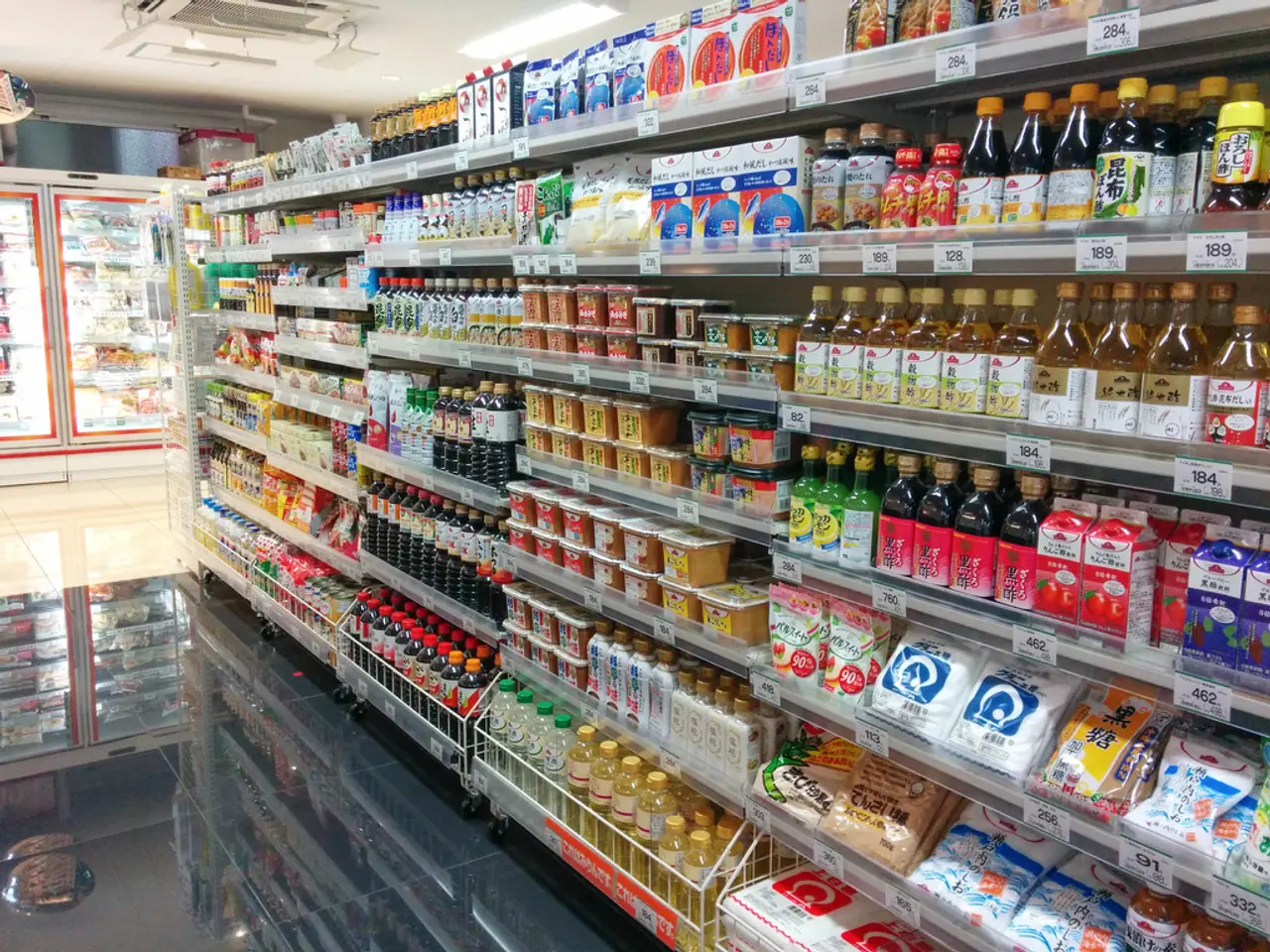Shopify Point-of-Sale System Integrations
In the bustling world of e-commerce, businesses operating both online and offline stores face unique challenges when it comes to inventory and sales tracking. However, a seamless solution is within reach: Shopify POS (Point of Sale) is quickly becoming the go-to integration option for retailers looking to streamline their operations.
### Why Shopify POS Stands Out for Omnichannel Retailers
The key to Shopify POS's success lies in its flawless integration with Shopify e-commerce. It synchronises inventory, customer data, and sales, allowing businesses to track products sold online and in-person with ease. This unified platform for inventory management eliminates stock discrepancies and the need for manual updates between channels.
Shopify POS also offers flexible payment processing and hardware options, supporting various payment methods and integrating well with retail hardware like card readers and receipt printers. With over 350 Shopify apps enhancing in-person POS features, retailers can tailor their workflows to suit their specific needs, whether that includes loyalty programs, appointment booking, or order fulfilment automation.
Moreover, Shopify POS plans start from just $5/month, making it an accessible choice for small to mid-sized businesses.
### Other Notable Shopify POS Alternatives
While Shopify POS is a strong contender, other options exist. Square POS, for instance, offers a free plan and is user-friendly, making it a good choice for startups. However, it lacks the deep omnichannel inventory integration found in Shopify POS.
Lightspeed POS is a solid choice for vertical-specific needs like restaurants, with multi-store support, but it has less seamless Shopify ecommerce integration and is more expensive, with plans starting at $89/mo.
### Additional Tools for Managing Multi-Channel Operations
To further streamline operations, consider Order Fulfillment Guru OMS, a Shopify app designed for splitting and routing orders to different warehouses or stores. This is particularly useful for multi-location businesses looking to automate their backend logistics.
In conclusion, Shopify POS is the strongest choice for businesses operating both online and offline stores, thanks to its tight integration with Shopify stores, real-time inventory management, and flexible app ecosystem. Other POS systems can be considered depending on budget or industry specifics, but none match Shopify POS for seamless omnichannel functionality.
DeskPOS, for example, is simple to set up and requires little technical knowledge for integration. For larger retail businesses, a custom integration may be necessary. Selly, on the other hand, offers CRM functions and automation features that can help with cross-selling products based on past purchase behavior.
Regardless of the chosen POS system, the integration can simplify managing sales, orders, inventory, and customer data across multiple storefronts and an online store, providing a cohesive retail experience.
- The unified platform for inventory management offered by Shopify POS synchronizes inventory, customer data, and sales, eliminating stock discrepancies and the need for manual updates between channels.
- Shopify POS starts from just $5/month, making it an affordable choice for small to mid-sized businesses seeking to streamline their operations.
- Other notable Shopify POS alternatives include Square POS, which offers a free plan but lacks the deep omnichannel inventory integration found in Shopify POS.
- Lightspeed POS is a solid choice for vertical-specific needs like restaurants, but it has less seamless Shopify ecommerce integration and is more expensive compared to Shopify POS.
- To further streamline operations, businesses can consider using the Order Fulfillment Guru OMS app, which is designed for splitting and routing orders to different warehouses or stores, proving particularly useful for multi-location businesses.




